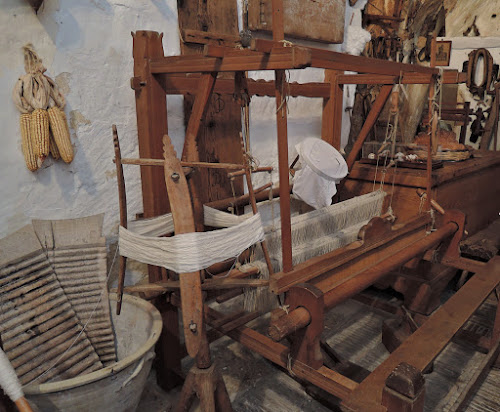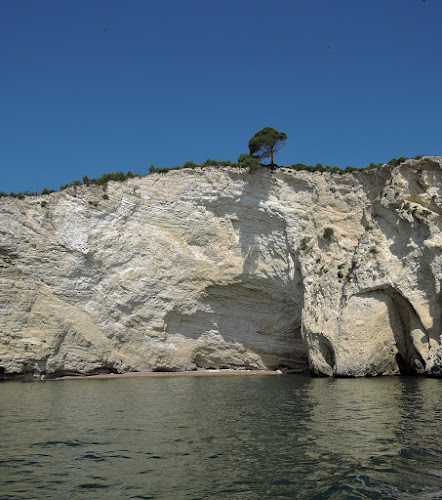Matera is a very unusual and unique place. It is one of the oldest continuously inhabited cities in the world, having been inhabited since the 10th millennium BC.
Matera has gained international fame for its ancient town, the "Sassi di Matera". The Sassi originated in a prehistoric troglodyte settlement, and these dwellings are thought to be among the first ever human settlements in what is now Italy. The Sassi are habitations dug into the calcareous rock itself. The ancient town grew up on one slope of the rocky ravine created by a river that is now a small stream, and this ravine is known locally as "la Gravina". In the 1950s, the government of Italy used force to relocate most of the population of the Sassi to areas of the developing modern city. [Wikipedia]
Until the late 1980s the Sassi was considered an area of poverty, since its dwellings were, and in most cases still are, uninhabitable. The present local administration, however, has become more tourism-oriented, and it has promoted the regeneration of the Sassi with the aid of the Italian government, UNESCO, and Hollywood. Today there are many thriving businesses, pubs, and hotels there. [Wikipedia]
These photos are from outside of town.
This is what it looks like in town.
This is part of the path into the Sassi.
The brown door in this little tower (below) was the entrance to our hotel room.
This is the view from our hotel room.

We visited an example of one of these sasso homes. On the right side is a dresser (not in the picture) and the bed. In the back is storage.
On the left, coming forward, there is space for the animals.
Then the rented loom for making clothes.
Then the laundry tub and access to the water supply held in the underground cistern (directly behind the chair).
And then the kitchen.
This unusual church is outside the Sasso area. Notice all the skulls and skeletons. The first picture is of the door and the lintel over it.
The left picture below is of a post in front of the church while the right picture is of a piece of the exterior wall.





















































